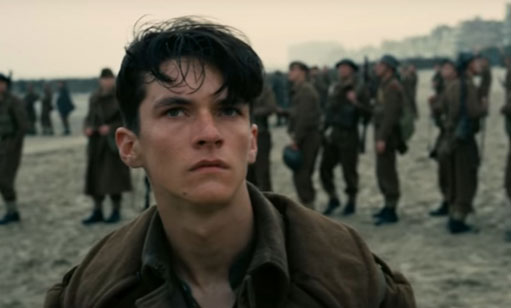Film Review: Dunkirk
Christopher Nolan Goes To War In A Heart-Pounding, Historical Drama About Victory In The Jaws Of Defeat


this ain't looking so good."
Latest Article|September 3, 2020|Free
::Making Grown Men Cry Since 1992


this ain't looking so good."